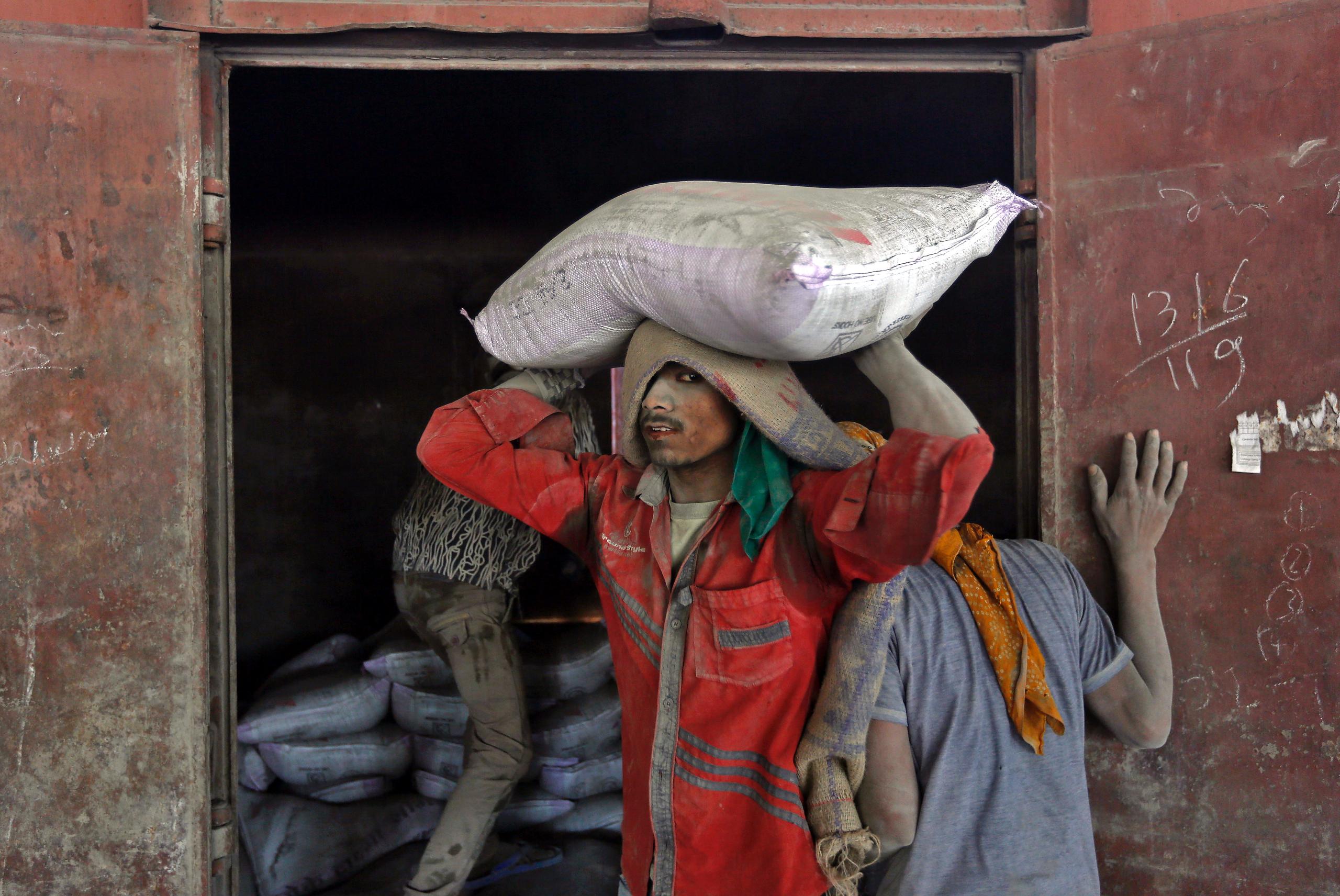Illustrator brings Indian tribal struggle to life

Can you illustrate a graphic novel without ever having seen your subject material in the flesh? Swiss artist Matthieu Berthod used the internet and his imagination to capture the sad plight of India’s indigenous tribes, or adivasis.
Berthod first visited India in 2004 and has been going there every year since. However, unlike your average 21st century tourist he doesn’t document his voyage on a smartphone and share pictures with the world on social media. He’s more a 20th century traveller, preferring to sit unobserved and sketch what is happening around him.
“It is long tradition in countries like France to just draw what you see while travelling whether it is sketches or watercolours. India is a super country for this as it is rich in colours and things to observe and I managed to fill ten sketchbooks,” Berthod told swissinfo.ch.
When Berthod approached a publisher with a view to bringing out a travel book based on his India sketches, he had no idea what awaited him. The travel book was put on hold and instead Berthod was asked if he was interested in illustrating a graphic novel about forest tribes being displaced by mining projects in eastern India. The 46-year-old Geneva resident accepted the challenge immediately.
“I’ve travelled enough to know there is no ideal country. For many westerners India is a spiritual place where everything is wonderful but I knew that a dark side existed,” says Berthod.
After three years of back and forth, the book “Adivasis Meurtis” – which literally translates to “Battered Adivasis” – was published.
Click on the gallery below to see some of Berthod’s sketches from the book.

More
The hidden cost of economic growth
Berthod had never been to Chhattisgarh and relied on the internet and material from Amnesty International – who commissioned the graphic novel – to illustrate the adivasis’ struggle. It was far from easy and the biggest challenge was portraying the hostility the adivasis were subjected to.
“I found it tough to depict violent scenes like internment camps, rapes and war-like scenarios. I tried to suggest that through other ways and not be too direct,” he says.
Financial constraints meant that only the book cover could be printed in colour. Berthod managed to turn this restriction into an advantage. He opted for dark grey and black to tell the story in order to convey the dark mood to readers.
“It is hard to describe the end of a people using happy colours,” he says.
Berthod stuck to his travel journal style to lend a “rough edge” to the book. He would get the scenario from his India-based scenarist Eddy Simon, read it and then prepare a storyboard. The first step was transforming the text into drawings through quick sketches. These sketches would then be scanned and modified using Adobe Photoshop software on a tablet computer. Finally, they would be fitted into frames and stitched together. The entire project took three years to complete and the book was released in August. Currently it is only available in French.
Berthod believes that the genre of graphic novels is broad enough to absorb various kinds of narrative modes. According to him, in the last 10-15 years graphic novels have become a vehicle for investigative stories that were previously confined to journalism. He cites examples of comic journalists like Joe Sacco who covered Palestine struggle and the Bosnian war, as well as Art Spiegelman, who grappled with the stories of Holocaust survivors with his Pulitzer prize-winning graphic novel “Maus”. Berthod believes that “Adivasis Meurtris” also follows the same tradition as it deals with an issue that resonates everywhere. It is not just a story about a certain people in a corner of India.
“There are a lot of common points with other parts of the world where native people and economic development clash, like Amazonia in Brazil,” he says.
Is there still a place for comics or graphic novels in the internet age? Share your views in the comments section below.

In compliance with the JTI standards
More: SWI swissinfo.ch certified by the Journalism Trust Initiative














You can find an overview of ongoing debates with our journalists here . Please join us!
If you want to start a conversation about a topic raised in this article or want to report factual errors, email us at english@swissinfo.ch.